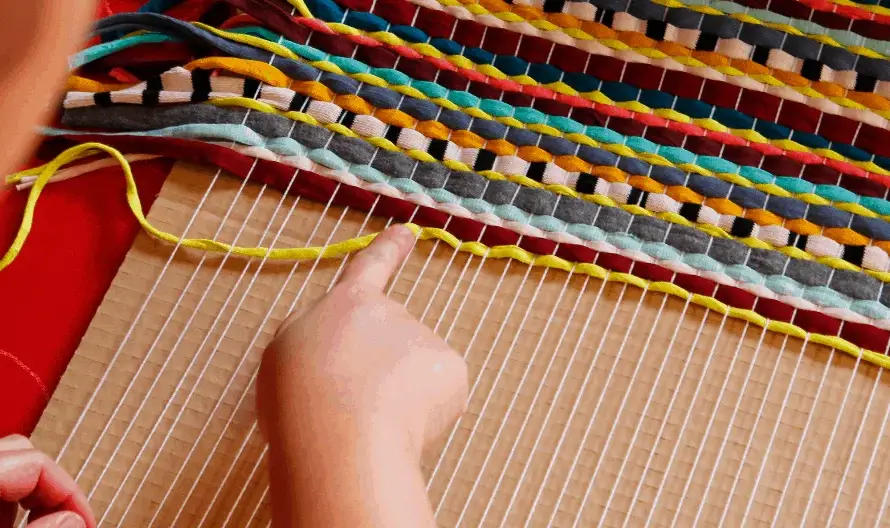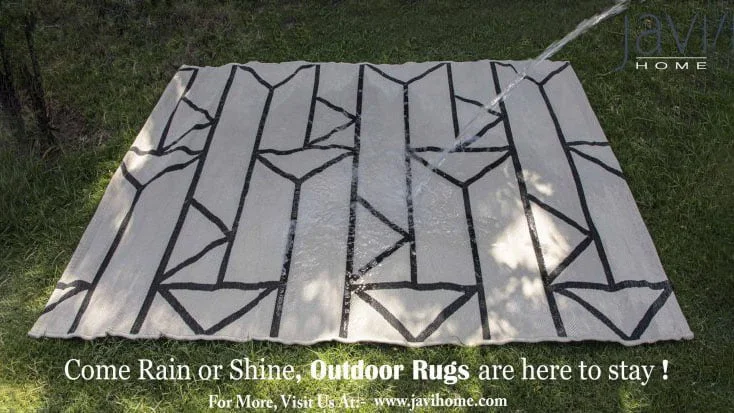The Dyeing of Carpet Yarn is an integral part of the whole manufacturing process. The dyeing procedure provides hues to the carpets that are crucial in establishing the rugs’ identity. The patterns and artistic motifs really come alive only when the rug has gone through the process of dyeing.
Types Of Dyeing of Carpet Yarn
At Javi Home, our rugs are dyed via few different procedures viz. Solid Dyeing, Tie-Dyeing, and Abrash Dyeing.
Solid Dyeing
Talking particularly about the Solid Dyeing process, in this case, the yarns are first bundled together in small quantities using a metallic wire. The long lengths of these yarns are then put on a roller which is placed above the dyeing solution. The roller then slowly dips these bundled yarns into the solution. Once the yarns are colored, they are left out in the sun to dry.
Tie-Dyeing
Moving on to the Tie-Dyeing process, it comprises of the yarn being rolled tightly with the help of a metal ring. The knotted bundles are then put in the dyeing solution. This process colors a certain segment of the bundled yarn. The bundled yarn is then unrolled, thereafter the flipped section is knotted again to dye the rest of the part of the Dyeing of Carpet Yarn.
Abrash Dyeing
Finally talking about the Abrash Dyeing process, to Abrash Dye a yarn, it is first knotted together tightly and then put on a roller which makes the yarn go through the dyeing solution to get the desired color. The main element of this dyeing process is that the yarn must be knotted tightly for the color variations to form. With abrash colorations, gradations can often be seen within one color. These variations may appear as linear horizontal sets or bands, however, there is a scope for different shapes and sections of color variations. The fact that each batch of yarn has significant color variations adds a certain character to the rug.
Once the yarns are dyed, they are then utilized for the next process of creating rugs. The colored yarns then provide a distinctive character to the rug.


